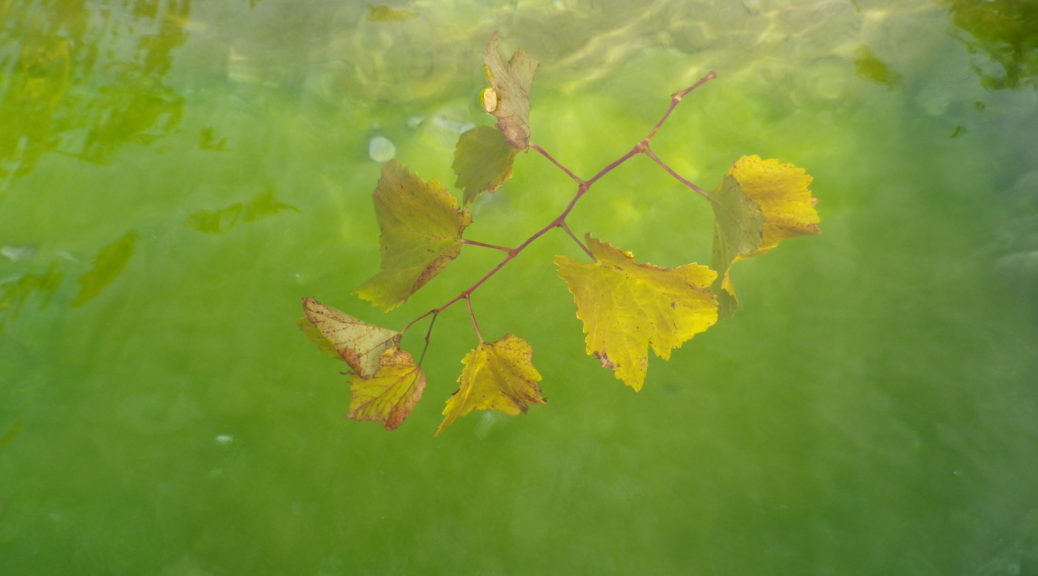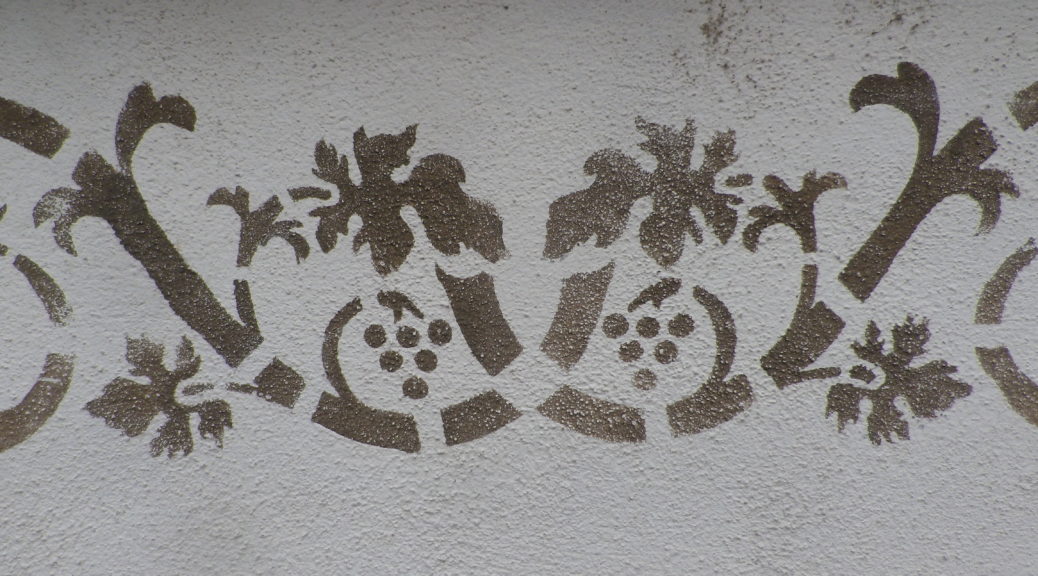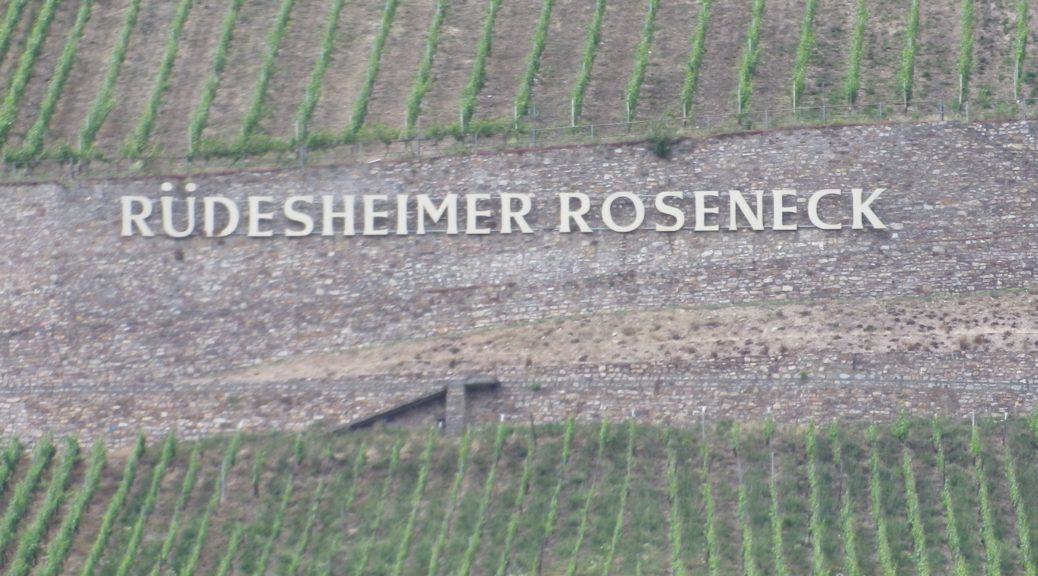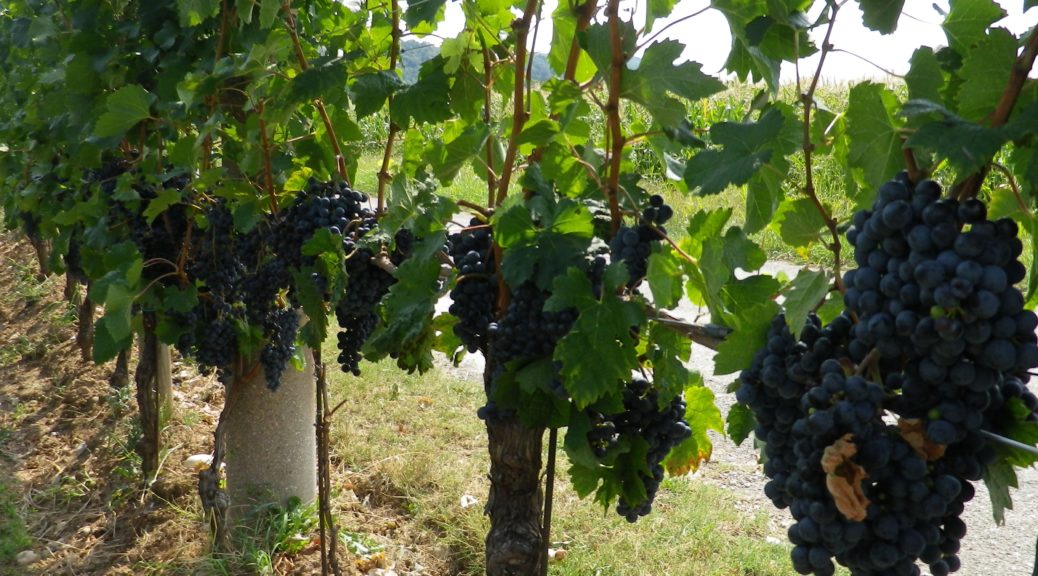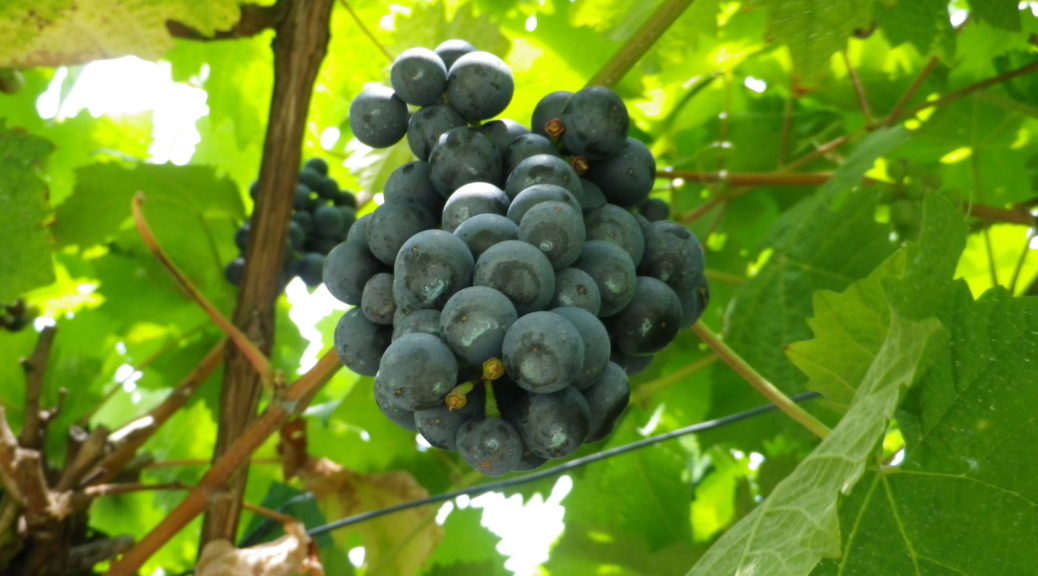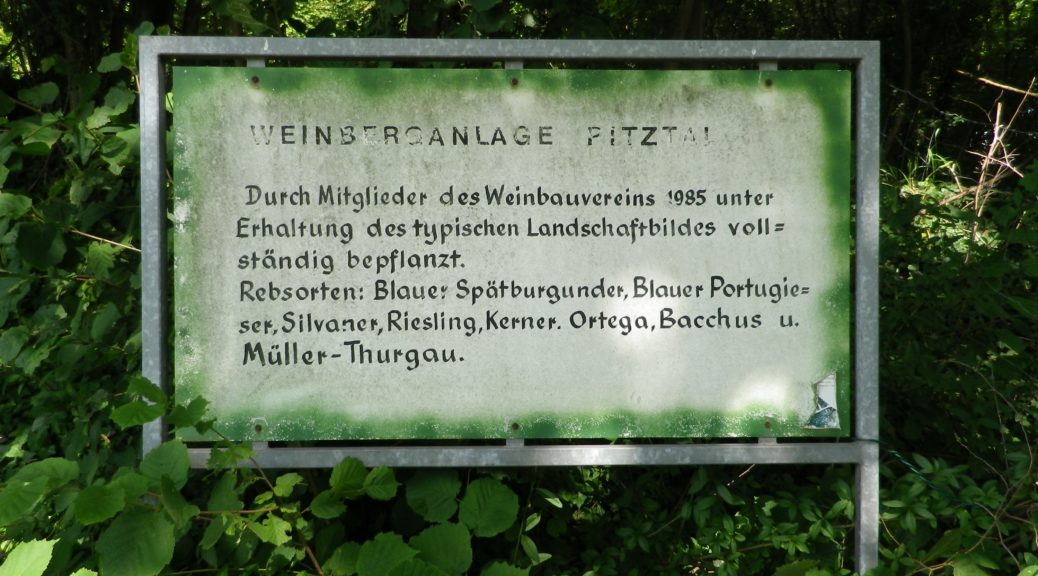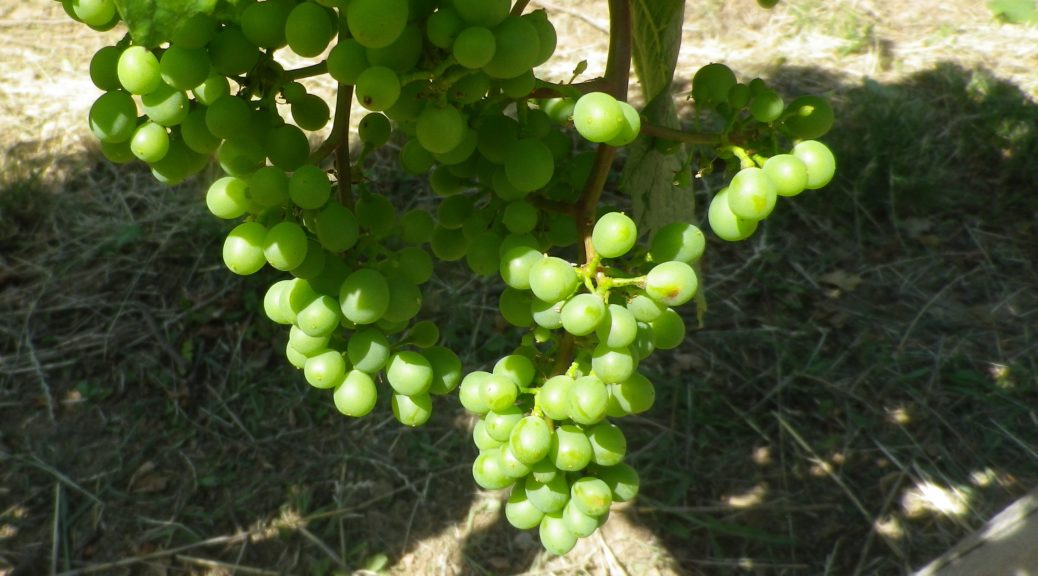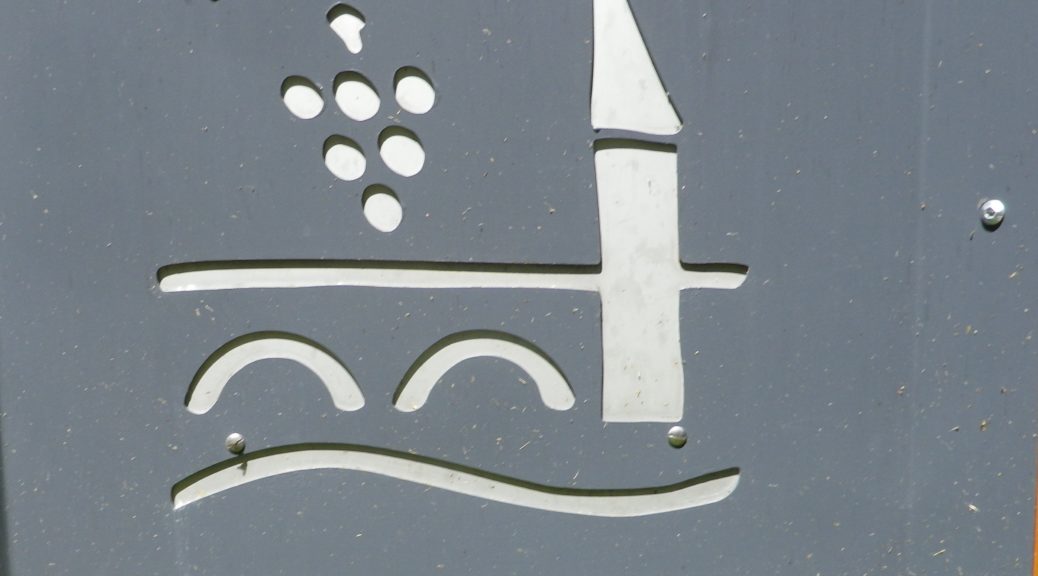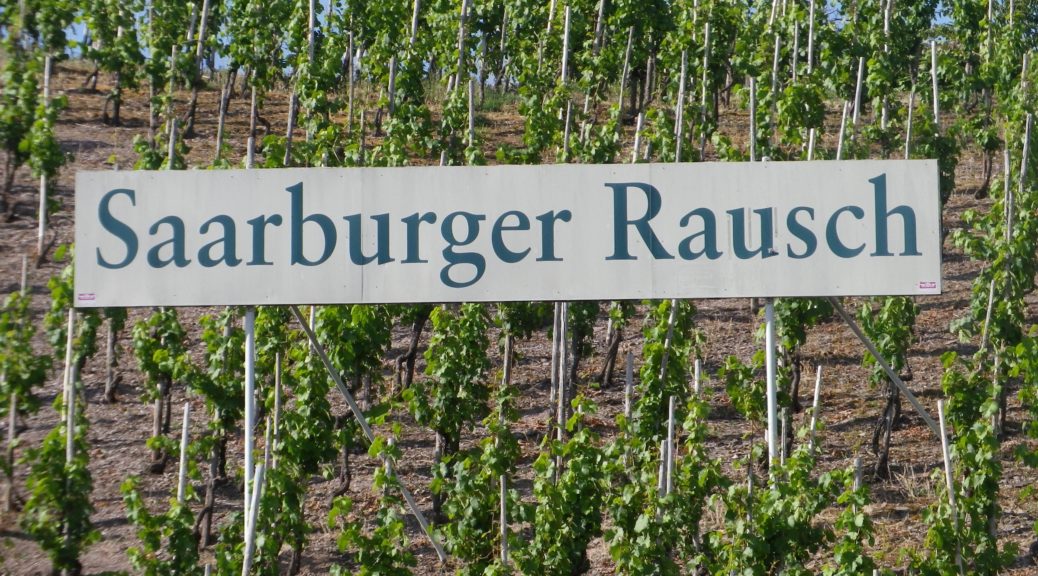What I Learned
The canton of Thurgau, in north central Switzerland, is a wine producing canton. For wine purposes, this canton has several different districts: The Upper Thur Valley, the Lower Thur Valley, Rhine, Lauchetal, Seebachtal, and Untersee. Its northern most section, the Untersee faces onto Lake Constance and the High Rhine. Much of the rest of the canton wine production lies in the valley of the Thur River, a tributary to the Rhine, from which the canton gets its name.
